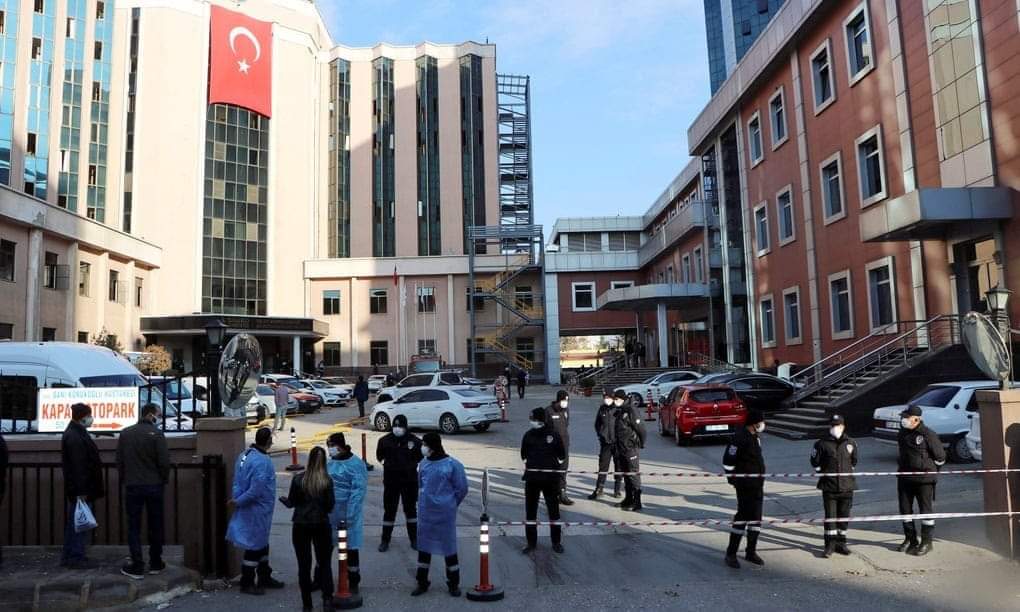
Nine people were killed in an explosion of an oxygen tank at a hospital in Turkey on December 19th. The exact cause remains unknown but the local governor’s office reported that the blast occurred in the intensive unit. The victims’ ages ranged from 56-85. The blasted occurred at the Sanko University Hospital in Gaziantep, Turkey. There have been almost two million cases of COVID-19 reported in Turkey, with a significant change in case rate starting the last week of November. The daily count of new cases jumped from just over 6,000 on November 25th to 145,000 on December 10th. There is not substantial data on hospitalization rates in Turkey.
The blast occurred while many COVID-19 patients were being transferred from the Gaziantep hospital to another. There have been no other reported injuries as a result of the fire. This is not the first explosion of its kind; there was a fire at a hospital in Romania that killed 10 COVID-19 patients in November. In this case, another medical appliance caught fire and ignited the oxygen tank, triggering an explosion. The victims’ ages were between 67-86.
In October there was an explosion at an hospital that housed 150 patients in Russia. As a result of the fire, an emergency hospital needed to be erected so that the patients could evacuate safely. Outside of hospitals, there have also been other reports of oxygen tank explosions. Suspected COVID-19 patient Lynn Hadley was killed in an explosion that resulted from an eruption of her oxygen tank. The explosion was so severe that it blew the roof off of her house.
Oxygen tanks are very combustible – they explode in reaction to gas or oil. COVID-19 treatment is currently centred around the use of Oxygen tanks, which creates a higher risk for these types of explosions. In the COVID-19 wings of the hospital, the risks of smoke inhalation are higher and more detrimental to patients. Ample caution must be taken around oxygen tanks in hospital COVID units and treatment.












